The key role of a teacher is to teach, which can be understood as meaning to facilitate learning of some target curriculum. Teaching is therefore intimately tied to notions of learning and there is a sense that if students do not learn then whatever the teacher is doing does not deserve the label of ‘teaching’. The use of innovative methods in educational institutions has the potential not only to improve education, but also to empower people, strengthen governance and galvanize the effort to achieve the human development goals for the country.
In the pre-technology education context the teacher is the sender, the educational material is the information and the student is the receiver of the information. In terms of the delivery medium, the educator can deliver the message via the “chalk-and- talk” method and LCD projector transparencies. This learning perspective is a popular technique, which has been used for decades as an educational strategy in all institutions of learning. Basically teacher controls the instructional process, the content is delivered to the entire class and the teacher tends to emphasize factual knowledge.
In a flipped classroom, students are introduced to new concepts through online resources or other pre-class activities, allowing for more hands-on and interactive learning activities during class time.
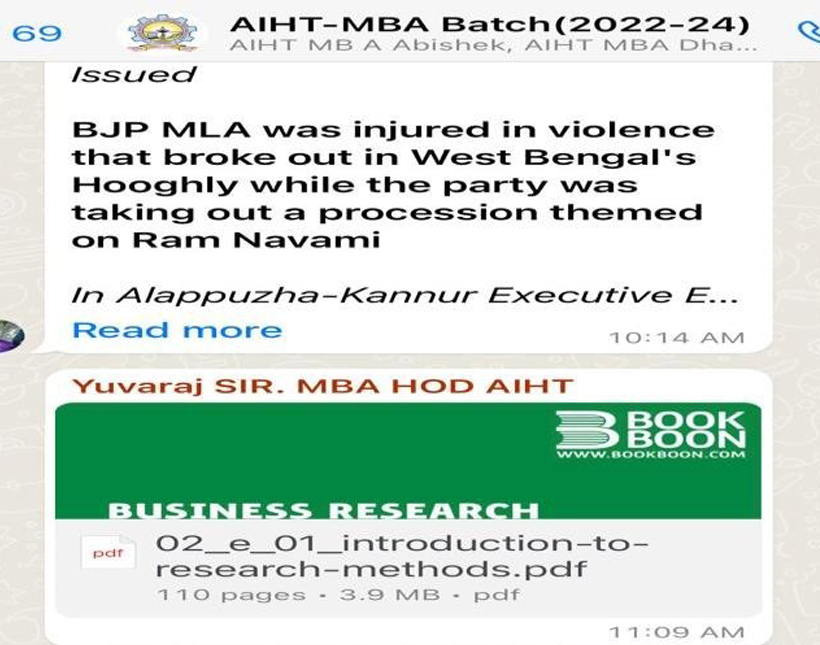
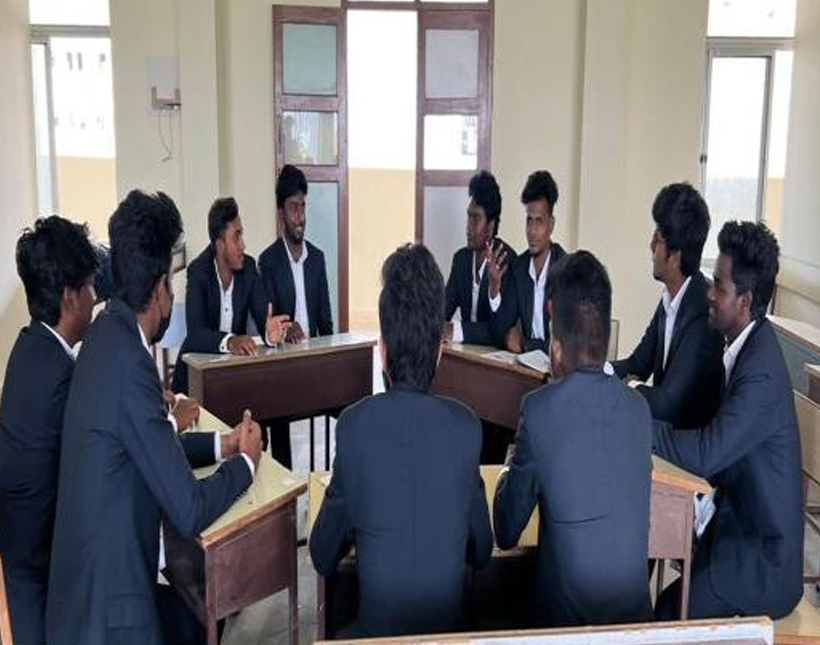
This approach involves students working together in small groups to solve problems, complete projects, or discuss course material. Collaborative learning in the classroom can be an effective way to promote teamwork, communication, problem-solving, and critical thinking skills, while also enhancing student engagement and motivation.
Games and simulations can be used to teach and reinforce course content in a fun and engaging way. There are several benefits of game-based learning in the classroom, including increased student motivation, better collaboration and communication skills, and improved problem-solving abilities. Games can also help students develop critical thinking skills and creativity by presenting them with challenging scenarios and puzzles.
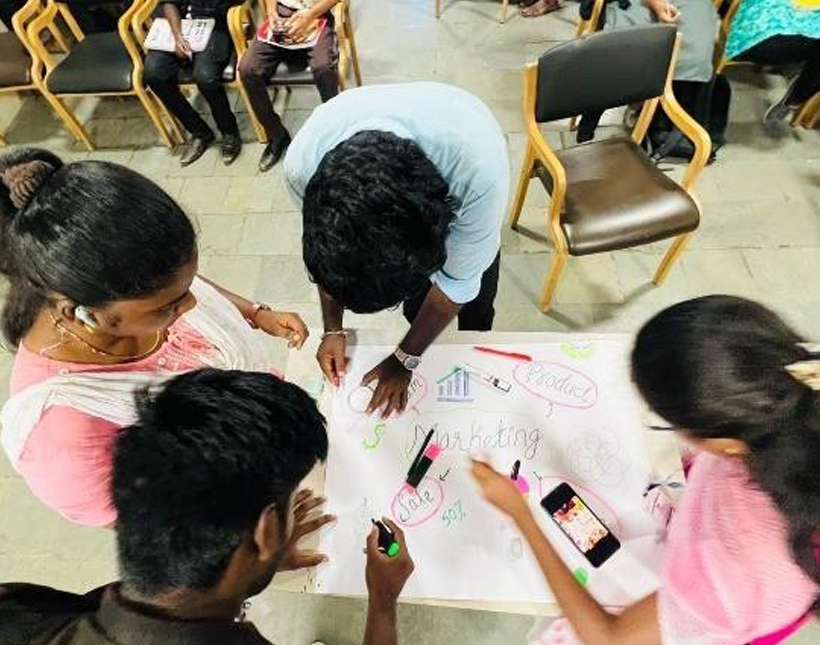
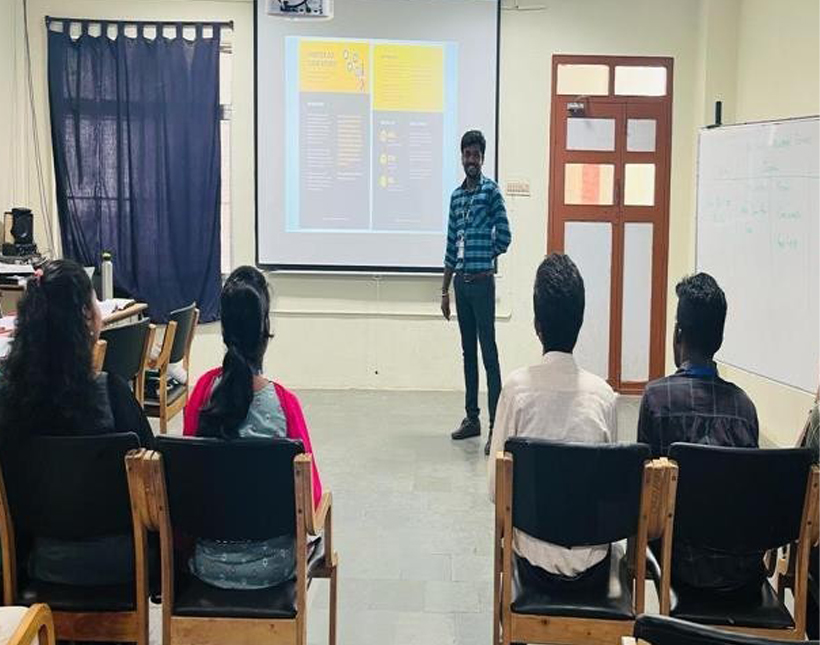
Activity learning such as peer instruction, case studies, and problem-solving activities, can promote deeper learning and improve retention of course material. Case study learning is a common approach used in many classrooms, particularly in MBA. The goal of case study learning is to encourage students to think critically and apply their knowledge to real- world scenarios. It allows students to understand complex problems, evaluate alternative solutions, and develop a deeper understanding of how theoretical concepts apply to real-life situations.
Industrial visits and guest lectures can be highly effective in enhancing student learning and engagement. These approaches can help to make coursework more relevant and engaging, and can provide students with valuable insights and perspectives that they may not get in the classroom. By providing students with opportunities to learn from experts in the field and to see how concepts are applied in real- world settings, instructors can help to prepare their students for successful careers and lifelong learning.
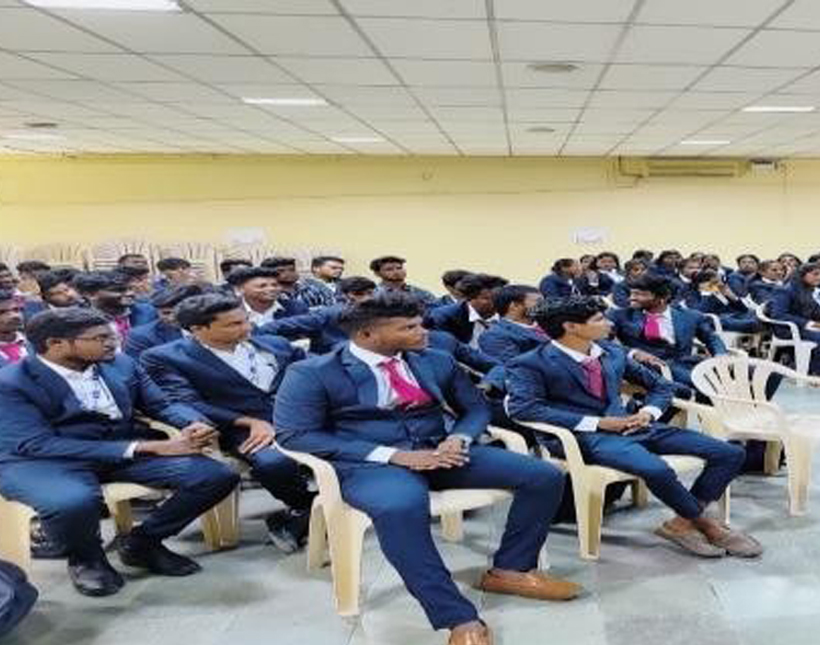
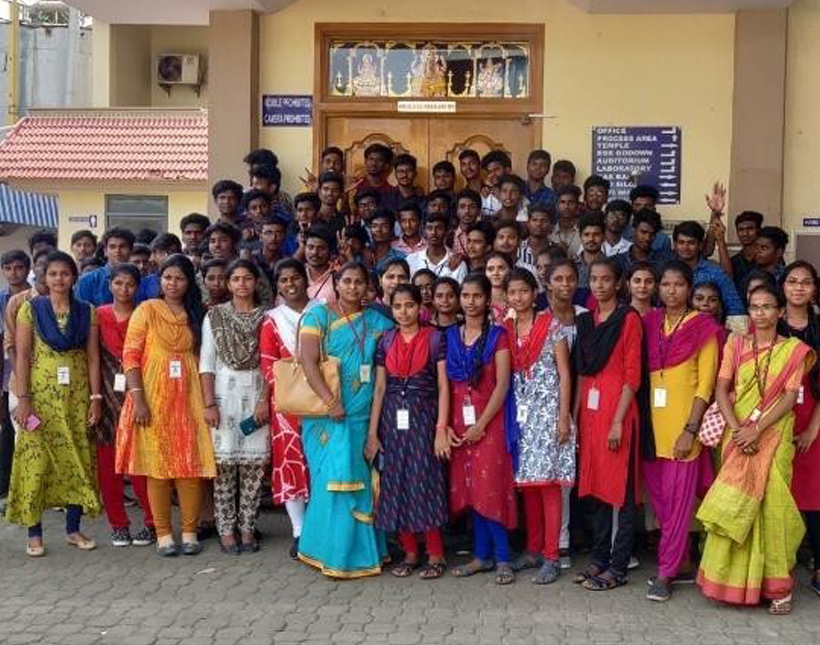
Survey-based learning in the classroom can be an effective way to engage students in the learning process and help them to better understand the material. The process involves using surveys or polls to gather data from students about their opinions, beliefs, and understanding of a particular topic.
Quiz-based learning in the classroom is an effective method to engage students and enhance their learning experience.

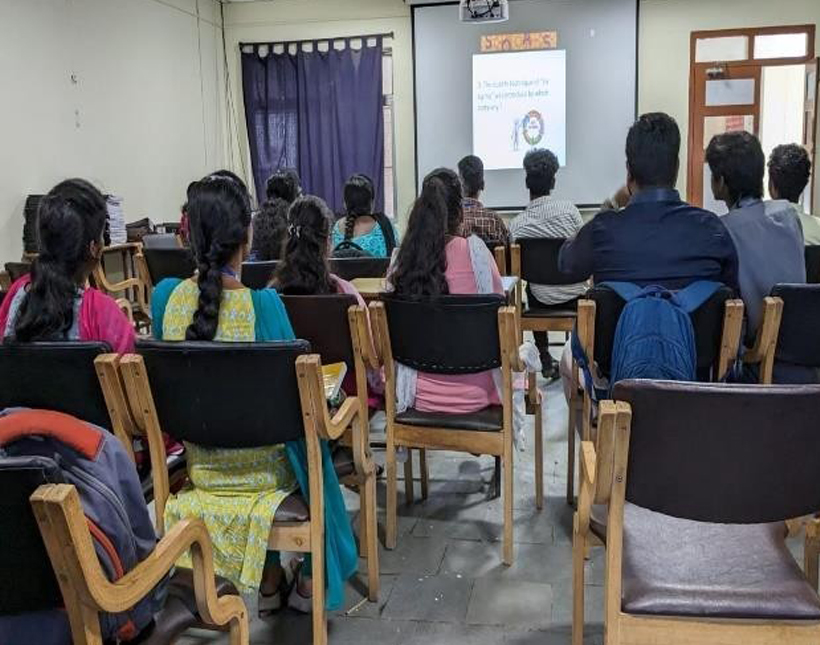
Peer learning in the classroom is a teaching strategy that involves students working in small groups to help each other learn. In a peer learning environment, students take responsibility for their own learning while also helping their peers to succeed. This approach has many benefits, including increased engagement, improved retention of information, and development of teamwork and communication skills.
E-learning in the classroom refers to the use of electronic and digital technologies to support and enhance learning experiences for students. This can include a variety of approaches, such as: Online resources: Classroom instructors can incorporate online resources, such as videos, articles, and interactive simulations, to supplement their lessons and provide additional learning opportunities for students.
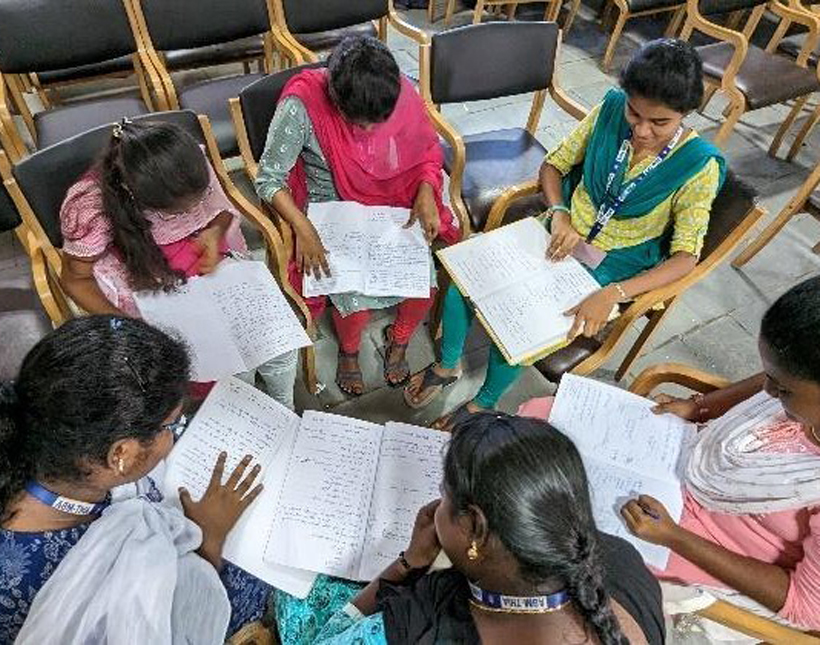
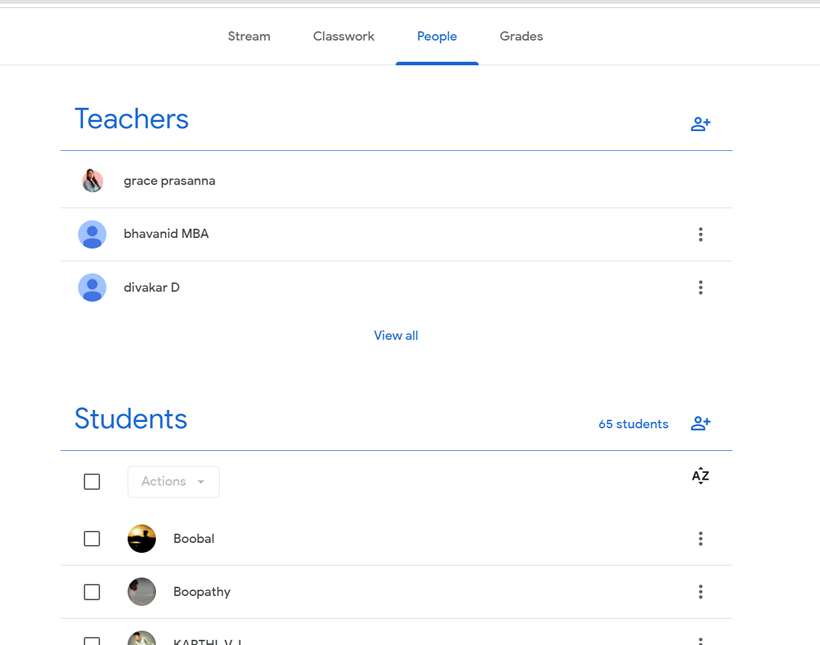
Movies leave a mark on the human psyche; they allow viewers to encounter a multitude of situations and possibilities that are coupled with tragic moments and coping abilities. Movies with several genres alter our perceptions about the world around us and give meaningful insights. Hence, movies in a way are a great learning method to develop diverse skill-sets.
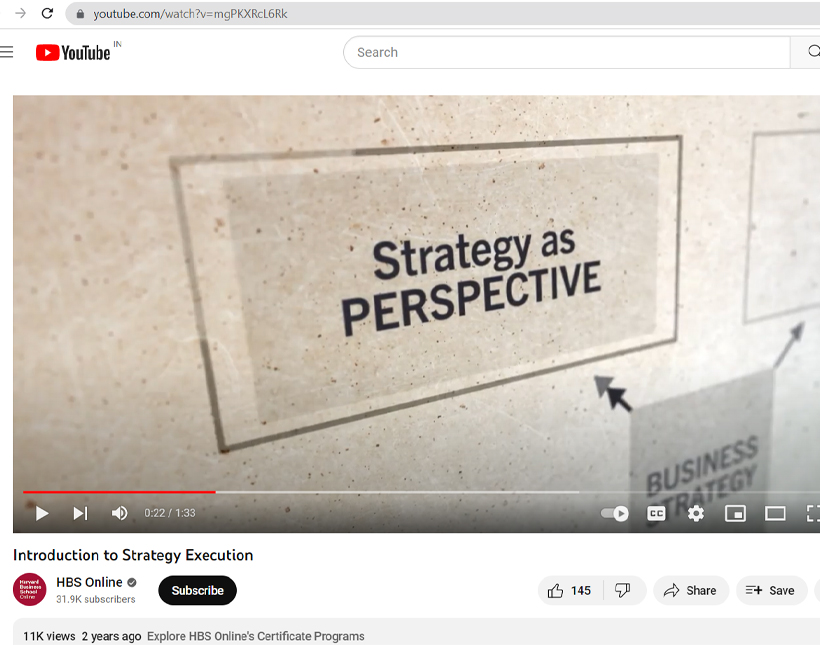
Wall Street Journal - www.youtube.com/@wsj
Yahoo Finance - www.youtube.com/@YahooFinance
IIM Ahmedabad - www.youtube.com/@IIMA-OFFICIAL
Harvard Business School - www.youtube.com/watch
London Business School - www.youtube.com/@londonbusinessschool
Acsenda School of Management - www.youtube.com/@acsendaschoolofmanagement3543
Url Link - http://192.168.15.35/moodle
